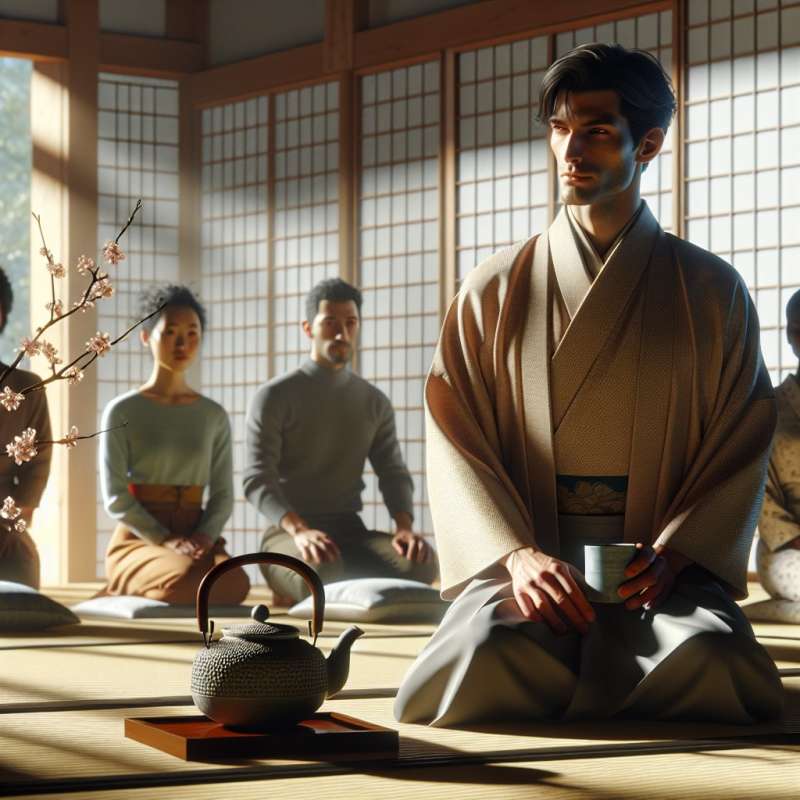
Origins of Tea Ceremony
The Japanese tea ceremony, also known as 'Chanoyu', originated in the 9th century when tea was first introduced to Japan from China. It evolved from a pastime of the elite to a profound cultural tradition.
Zen and Tea Confluence
During the 12th century, Zen Buddhism significantly influenced the tea ceremony, emphasizing simplicity and mindfulness. The tea room and utensils reflect these Zen principles, fostering a tranquil atmosphere.
Sen no Rikyu's Contributions
Sen no Rikyu, a 16th-century tea master, shaped the tea ceremony with his philosophies of 'Wabi-sabi' (beauty in imperfection) and 'Ichi-go ichi-e' (once-in-a-lifetime encounters), elevating it to an art.
Urasenke, a Major School
Today, multiple schools of tea ceremony exist. The Urasenke school is one of the most prevalent, founded by Sen no Rikyu's descendants, and is known for its approachable style, adapted to modern times.
Tea Ceremony's Seasonal Nature
The tea ceremony changes with the seasons. The types of sweets, bowls, and even the way tea is prepared are adjusted to reflect the season's essence, showing deep respect for nature.
Chaji: The Full-length Gathering
A 'Chaji' is a full-length tea gathering lasting up to four hours, featuring a meal and two servings of tea. It's considered the most formal and profound expression of the tea ceremony.
Tea Ceremony in Modern Times
While traditional, the tea ceremony adapts to contemporary life. It's used in corporate settings for team-building and mindfulness training, demonstrating its timeless relevance in fostering human connections.Tea in Space
Astronauts aboard the ISS perform tea ceremonies in zero gravity, adapting traditional practices to a weightless environment—a testament to tea's universal appeal.
When was tea introduced to Japan?
9th century from China
12th century from Korea
16th century from India
Company